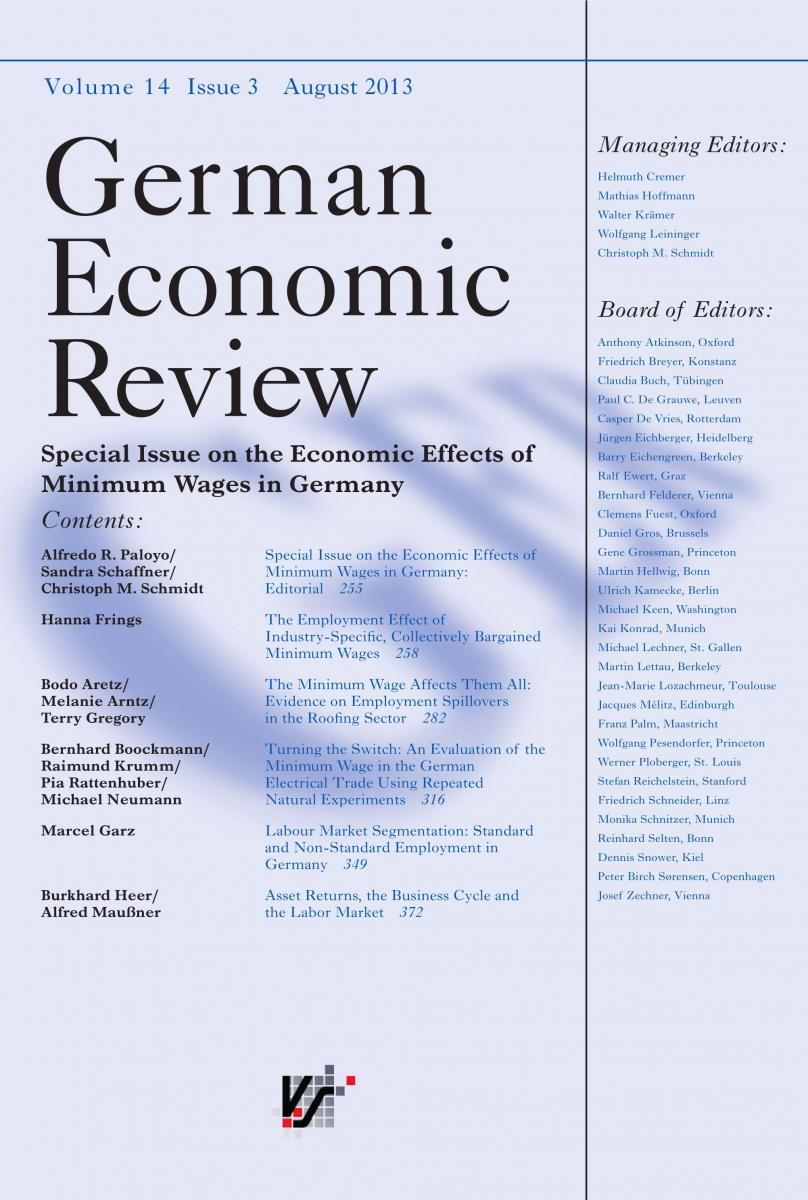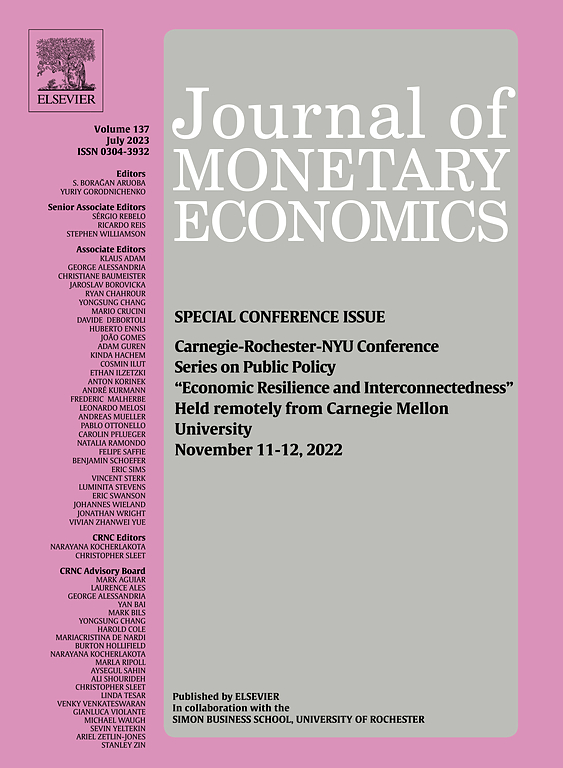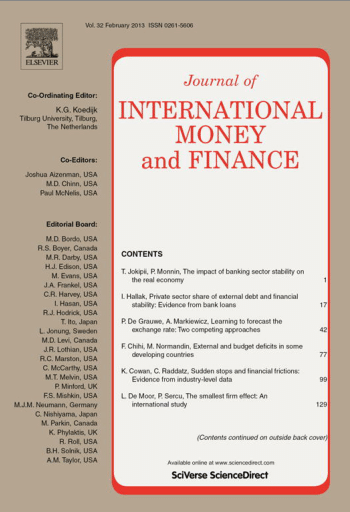Referierte Publikationen

Step by Step ‒ A Quarterly Evaluation of EU Commission's GDP Forecasts
in: Journal of Forecasting, No. 3, 2025
Abstract
<p>The European Commission’s growth forecasts play a crucial role in shaping policies and provide a benchmark for many (national) forecasters. The annual forecasts are built on quarterly estimates, which do not receive much attention and are hardly known. Therefore, this paper provides a comprehensive analysis of multi-period ahead quarterly GDP growth forecasts for the European Union (EU), euro area, and several EU member states with respect to first-release and current-release data. Forecast revisions and forecast errors are analyzed, and the results show that the forecasts are not systematically biased. However, GDP forecasts for several member states tend to be overestimated at short-time horizons. Furthermore, the final forecast revision in the current quarter is generally downward biased for almost all countries. Overall, the differences in mean forecast errors are minor when using real-time data or pseudo-real-time data and these differences do not significantly impact the overall assessment of the forecasts’ quality. Additionally, the forecast performance varies across countries, with smaller countries and Central and Eastern European countries (CEECs) experiencing larger forecast errors. The paper provides evidence that there is still potential for improvement in forecasting techniques both for nowcasts but also forecasts up to eight quarters ahead. In the latter case, the performance of the mean forecast tends to be superior for many countries.</p>

Regional Industrial Effects in Germany from a Potential Gas Deficit
in: German Economic Review, No. 3, 2024
Abstract
<p>We estimate potential regional industrial effects in case of a threatening gas deficit. For Germany, the reduction leads to a potential decrease in industrial value added by 1.6 %. The heterogeneity across German states is remarkable, ranging from 2.2 % for Rhineland-Palatinate to 0.7 % for Hamburg. We emphasize the need for regional input-output tables to conduct economic analysis on a sub-national level, particularly when regional industrial structures are heterogeneous. The approximation with national figures can lead to results that differ both in magnitude and relative regional exposure. Our findings highlight that more accurate policy guidance can be achieved by improving the regional database.</p>

Expectations, Infections, and Economic Activity
in: Journal of Political Economy, No. 8, 2024
Abstract
<p>This paper develops a quantitative theory of how people weigh the risks of infections against the benefits of engaging in social interactions that contribute to the spread of infectious diseases. Our framework takes into account the effects of public policies and private behavior on the spread of the disease. We evaluate the model using a novel micro panel dataset on consumption expenditures of young and older people across the first three waves of COVID-19 in Portugal. Our model highlights the critical role of expectations in shaping how human behavior influences the dynamics of epidemics.</p>

Understanding Post-Covid Inflation Dynamics
in: Journal of Monetary Economics, November 2023
Abstract
<p>We propose a macroeconomic model with a nonlinear Phillips curve that has a flat slope when inflationary pressures are subdued and steepens when inflationary pressures are elevated. The nonlinear Phillips curve in our model arises due to a quasi-kinked demand schedule for goods produced by firms. Our model can jointly account for the modest decline in inflation during the Great Recession and the surge in inflation during the post-COVID period. Because our model implies a stronger transmission of shocks when inflation is high, it generates conditional heteroskedasticity in inflation and inflation risk. Hence, our model can generate more sizeable inflation surges due to cost-push and demand shocks than a standard linearized model. Finally, our model implies that the central bank faces a more severe trade-off between inflation and output stabilization when inflation is elevated.</p>

Conditional Macroeconomic Survey Forecasts: Revisions and Errors
in: Journal of International Money and Finance, November 2023
Abstract
Using data from the European Central Bank's Survey of Professional Forecasters and ECB/Eurosystem staff projections, we analyze the role of ex-ante conditioning variables for macroeconomic forecasts. In particular, we test to which extent the updating and ex-post performance of predictions for inflation, real GDP growth and unemployment are related to beliefs about future oil prices, exchange rates, interest rates and wage growth. While oil price and exchange rate predictions are updated more frequently than macroeconomic forecasts, the opposite is true for interest rate and wage growth expectations. Beliefs about future inflation are closely associated with oil price expectations, whereas expected interest rates are related to predictions of output growth and unemployment. Exchange rate predictions also matter for macroeconomic forecasts, albeit less so than the other variables. With regard to forecast errors, wage growth and GDP growth closely comove, but only during the period when interest rates are at the effective zero lower bound.



